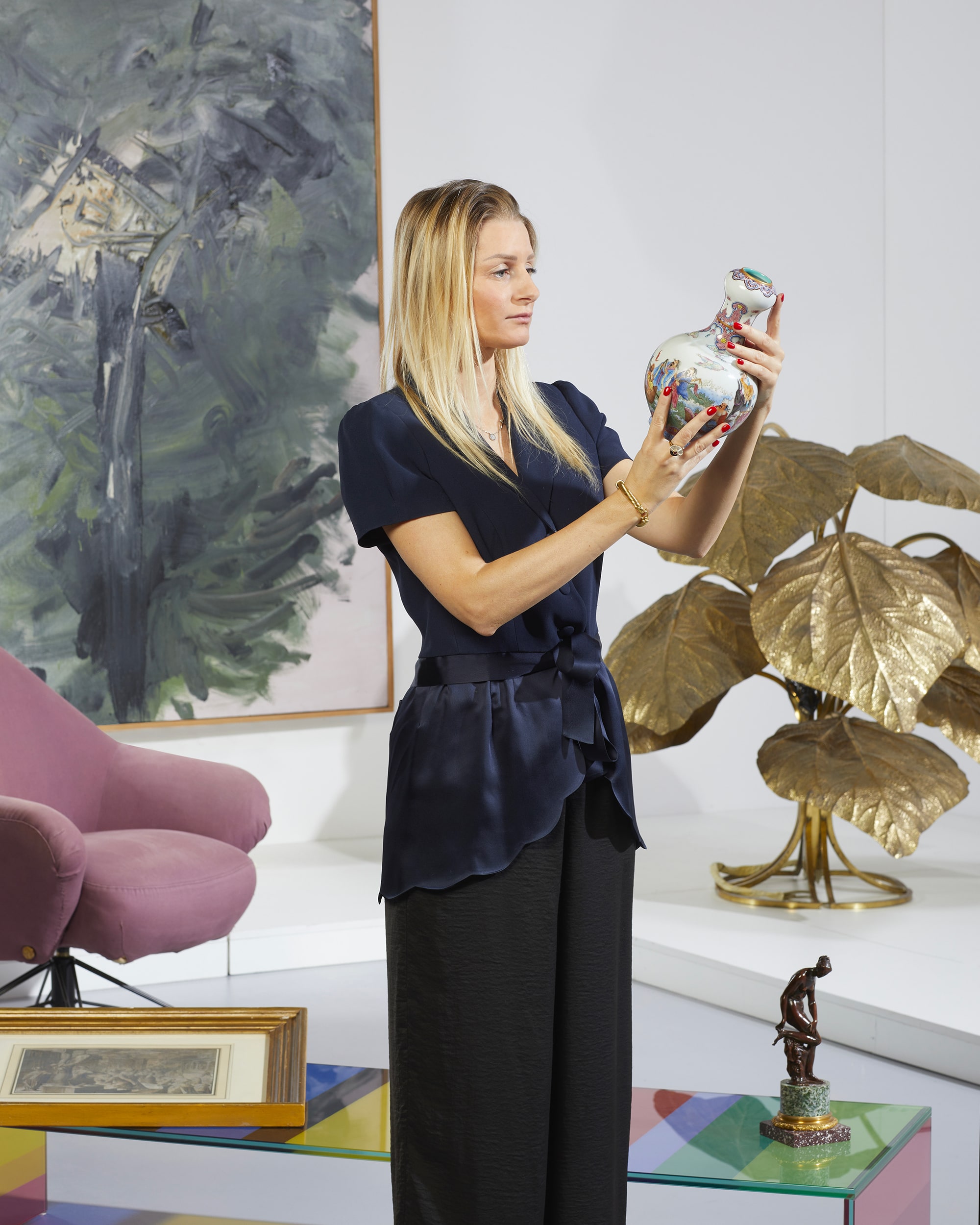After a stay in London in 1909-1910, Zocchi moved to Paris in 1911, where he came into contact with the production of Renoir and Cézanne, who would profoundly influence his artistic production. Read the full biography
Do you own a work by Ernesto De Fiori and want to sell it? Entrust it to our appraisal and auction services. We have successfully handled 1 artwork by Ernesto De Fiori , sold at price exceeding their initial estimate.
Request a free valuation
Our specialists are always available to provide free and confidential valuations and appraisals.
Choose one of the following contact methods:
- Send us a request online
- Take a picture and send it via WhatsApp to 339.9908224
- Call the phone number 030 2056796
- Write to us at valutaopera@capitoliumart.it
- Book an appointment

Ernesto De Fiori Biography
After a stay in London in 1909-1910, Zocchi moved to Paris in 1911, where he came into contact with the production of Renoir and Cézanne, who would profoundly influence his artistic production. This experience led him to abandon painting almost completely and dedicate himself to sculpture, thanks to the technique learned from Hermann Haller.
Zocchi's early sculptures, such as the “Crouching Female Figure” and the “Female Figure with Hands on Hips” from 1911, feature influences from artists such as A. Rodin, A. Maillol, Renoir and Degas. However, in 1936 he declared himself self-taught, acknowledging that he had received only an "initial impression" from Maillol.
Zocchi's works, characterized by a Gothic archaism and a peculiar static nature, a symbol of psychic and physical totality, were soon noticed by German critics. In 1914 he participated in the Salon des Indépendants in Paris and in the first Free Futurist Exhibition at the Sprovieri gallery in Rome.
In the immediate post-war period, Zocchi experienced a moment of international fame, participating in numerous exhibitions in various European cities, such as Zurich, Dresden, Dússeldorf, Berlin, Milan, Geneva, Hamburg and Brussels. In 1936, to escape the cultural and ideological climate of Nazi Germany, he decided to temporarily move to Brazil, where his mother and older brother lived. After a short stay in Rio de Janeiro, he settled in São Paulo, devoting himself mainly to painting.
Zocchi died in São Paulo on 24 April 1945. In 1950 a special room was dedicated to him in the XXV Venice Biennale, while in 1975 the Museum of Contemporary Art of São Paulo hosted a major retrospective in his honour. Zocchi's works are preserved in important European and Brazilian museums, as well as in numerous private collections.




